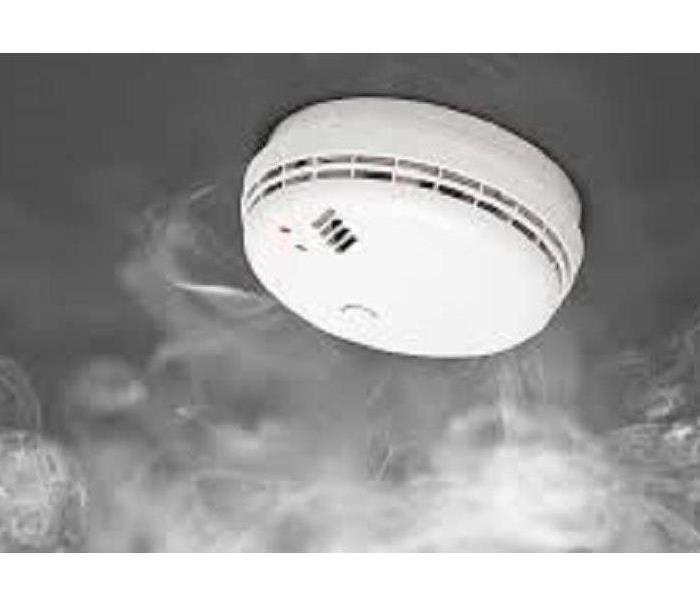When to change the smoke alarm
7/31/2019 (Permalink)
Your detectors are overdue for replacement, according to the National Fire Protection Association, which recommends that you replace detectors when they’re 10 years old. Top-rated security system experts we interviewed say that, over time, dust gathers inside smoke detectors, desensitizing the sensors. And even if a detector hasn’t reached the 10-year mark, replace it if it chirps after you’ve replaced the battery or if the alarm doesn’t sound when you perform the recommended monthly testing. Experts recommend replacing all connected detectors at the same time, even if some are working. Smoke detectors are an essential part of a fire-prevention strategy, so you should replace yours as soon as possible. In a 2014 report, the NFPA said three of every five home-fire deaths resulted from fires in homes with no smoke alarms or with none that worked.
You can replace hard-wired detectors yourself, if you can reach them and if you have sufficient skill to replace a light fixture. (Be sure to first turn off electricity at the breaker box.) Otherwise, you can hire an electrician or an alarm service company to do the job. The cost can vary widely, depending on where you live and on the type and number of units to be replaced, where they’re placed and the condition of the wires. Service providers we contacted charge a wide range of prices, from $35 to $40 per detector, plus a $50 for service charge, to $135 to $155 per detector.
Meanwhile, here are some NFPA safety tips:
- Install smoke alarms inside and outside each bedroom and sleeping area. Install alarms on every level of the home, including the basement. (Large homes may need extra smoke alarms.)
- Interconnected smoke alarms – whether hardwired or wireless – are best because when one is activated, they all sound.
- Test all smoke alarms at least once a month. Simply press the test button to be sure the alarm works.
- Ionization smoke alarms are quicker to warn of flaming fires. Photoelectric alarms are quicker to warn of smoldering fires. It’s best to use some of both types.
- A smoke alarm should be on the ceiling or high on a wall. Install wall-mounted alarms should no more than 12 inches from the ceiling to the top of the alarm.
- Don’t install smoke alarms near windows, doors, or ducts where drafts might interfere with their operation. To reduce false alarms, keep alarms at least 10 feet from a stove.
- Make sure everyone in your home knows how to respond if they hear a smoke alarm.
- Follow manufacturer’s instructions for cleaning.
If your smoke alarm goes off, immediately leave your home, follow your emergency plan & call SERVPRO of Cambridge/Belmont (617) 864-7378 to assist you assist you with the smoke cleanup.






 24/7 Emergency Service
24/7 Emergency Service
